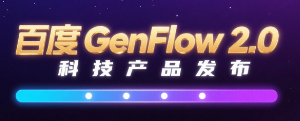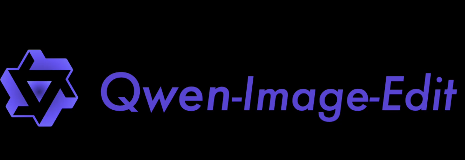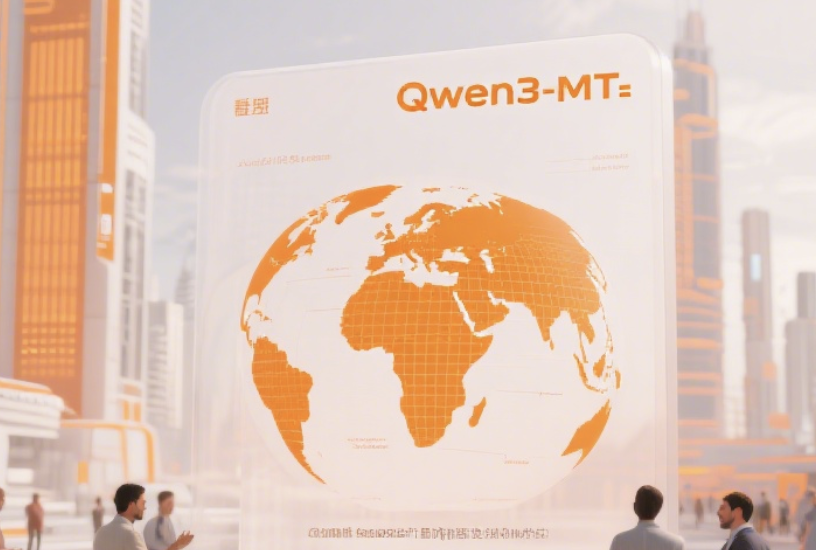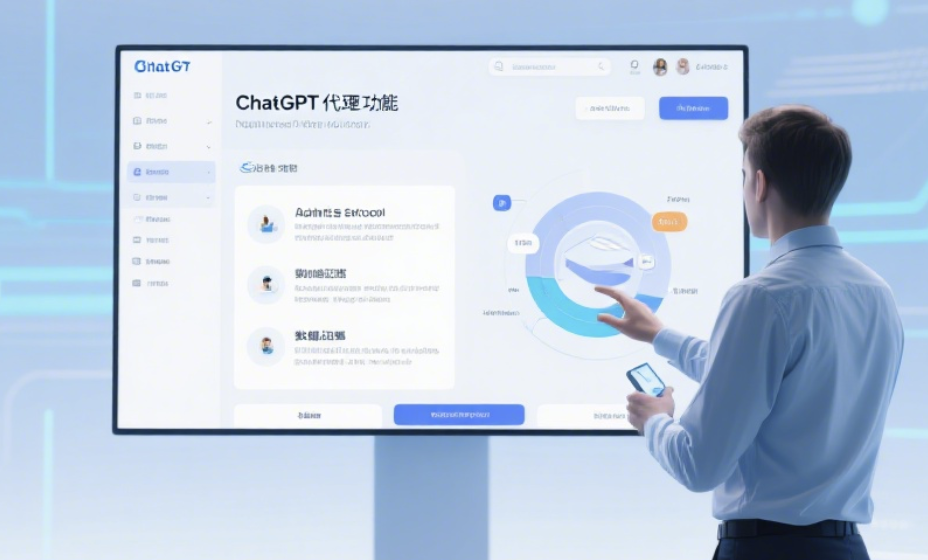According to official channels and multiple media reports, GenFlow 2.0 was released on Baidu AI Day and was jointly launched by Baidu Wenku and Baidu Wangpan team, positioned as a general AI agent platform. The core capability is to schedule 100+ expert agents in parallel, process 5+ complex tasks at the same time, and compress the process time from "hourly" to "within 3 minutes", support manual intervention and multi-modal output in the whole process, and face high-complexity workflow scenarios for office and creation.
1. Key capabilities of GenFlow 2.0
1. Parallel collaboration: According to the official introduction, 100+ expert agents can be coordinated at one time, adapting to multi-stage links from retrieval and structured sorting to generation and review.
2. Task concurrency: Support parallel advancement of 5+ complex tasks in the same process, reducing serial waiting and improving end-to-end throughput.
3. Speed improvement: According to media reports, the typical process is shortened from hours to less than 3 minutes, which is suitable for the fast-paced scenario of "emergency data integration-scripting-design-typesetting-export".
4. Controllable and transparent: The whole process allows users to view, pause, retry, and replace nodes at any time, and manually collaborate with agents to reduce the "black box feeling".
5. Multi-modal output: cover copywriting, tables, presentations, image and video element combinations, animations and code snippets and other multimodal deliverables.
2. Typical applications and landing methods
1. Content production link: topic selection and research-data cleaning-key point extraction-outline-manuscript-picture/video-layout-export, one-stop parallel collaboration.
2. Enterprise knowledge tasks: According to media reports, it is suitable for bidding materials, market intelligence weekly reports, compliance clause comparison, and multi-version generation of plans.
3. Use entrance: According to official information, it is open to Baidu Library and Baidu Netdisk Web/App scenarios, mainly for skipping the queue trial, and the details are subject to the actual page.
3. Advantages and boundaries
1. Efficiency and consistency: parallel agent + manual intervention, taking into account speed and quality consistency.
2. Learning and migration: The process link can be reused, which is suitable for the team to preserve a standardized "template workflow".
3. Boundaries and attention: According to media reports, complex private domain data and cross-system permissions still need to be evaluated; The quality of source materials and copyright compliance of multimodal tasks need to be controlled in advance; The performance and stability of earlier versions are subject to the actual environment.
Frequently Asked Questions (Q&A)
Q: How does GenFlow 2.0's "100+ Expert Agents" understand?
A: According to the official introduction, it is a collection of domain-type sub-agents/toolchains that can be called in parallel, covering capability modules such as retrieval, extraction, planning, generation, review, and layout.
Q: Why can you shorten the process to 3 minutes?
A: Concurrency changes the serial stage to parallel advancement, and can be manually reviewed and changed at key nodes to reduce round-trip and waiting.
Q: Is it suitable for individual creators?
A: Yes. Common scenarios include "graphic script - PPT - pictures/short video - cover - release materials" one-click set generation, according to media reports, open entrance for Web/App is more convenient to get started.
Q: How to ensure data and security?
A: According to official and media information, the platform supports process visualization and manual intervention; The specific privacy and compliance policy is subject to the final product declaration and enterprise-side controls.




